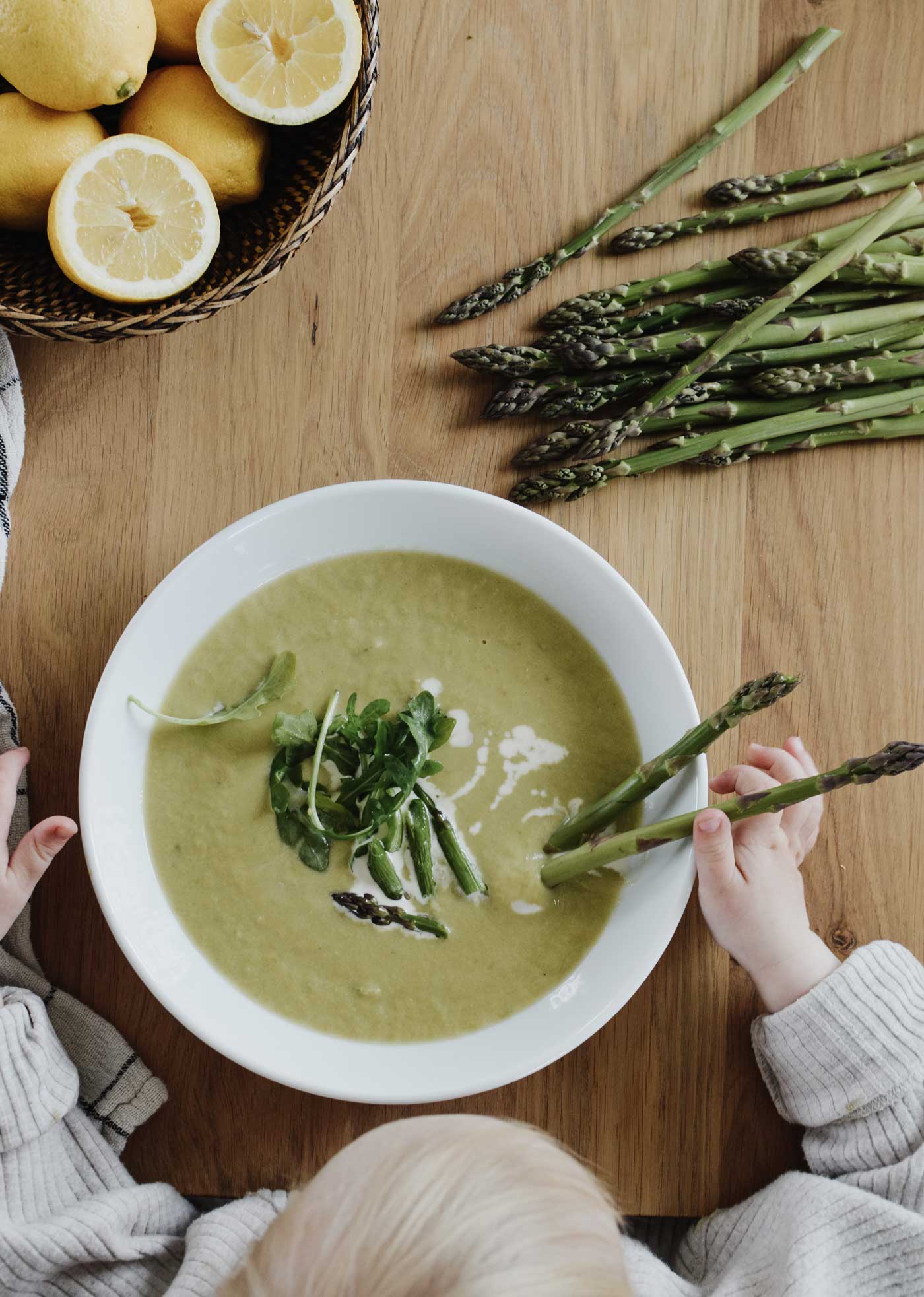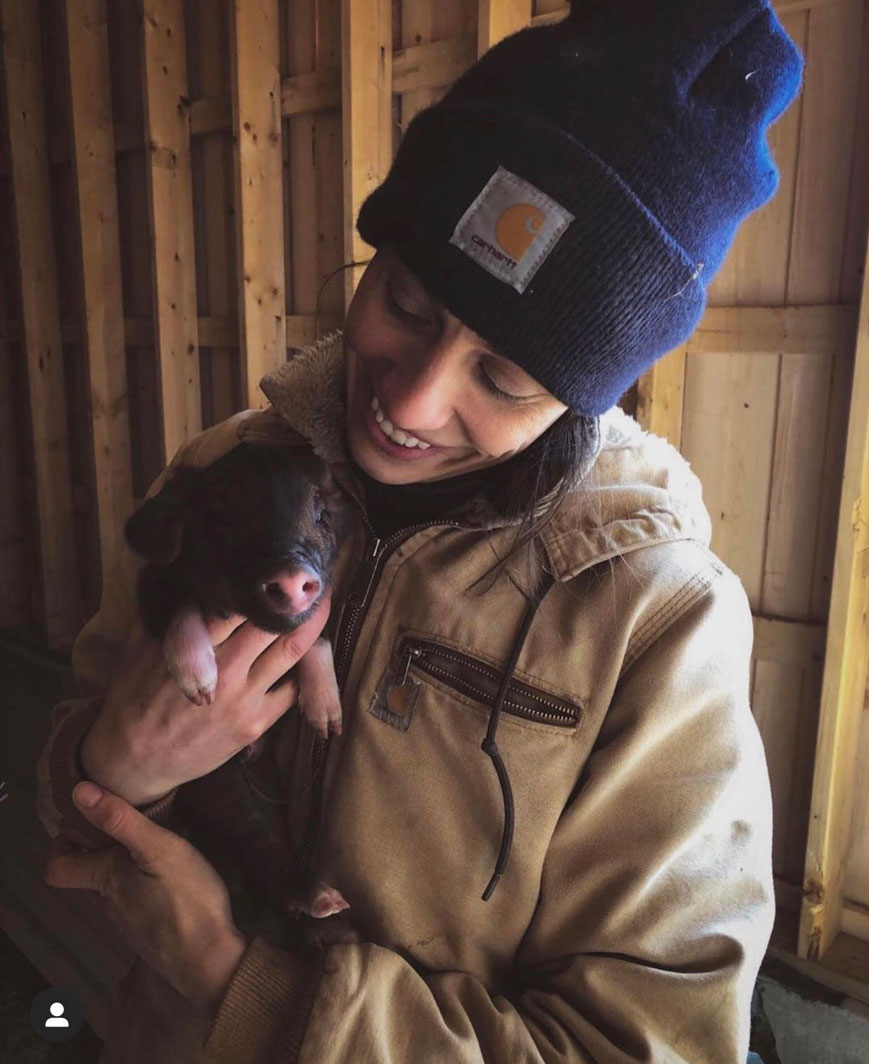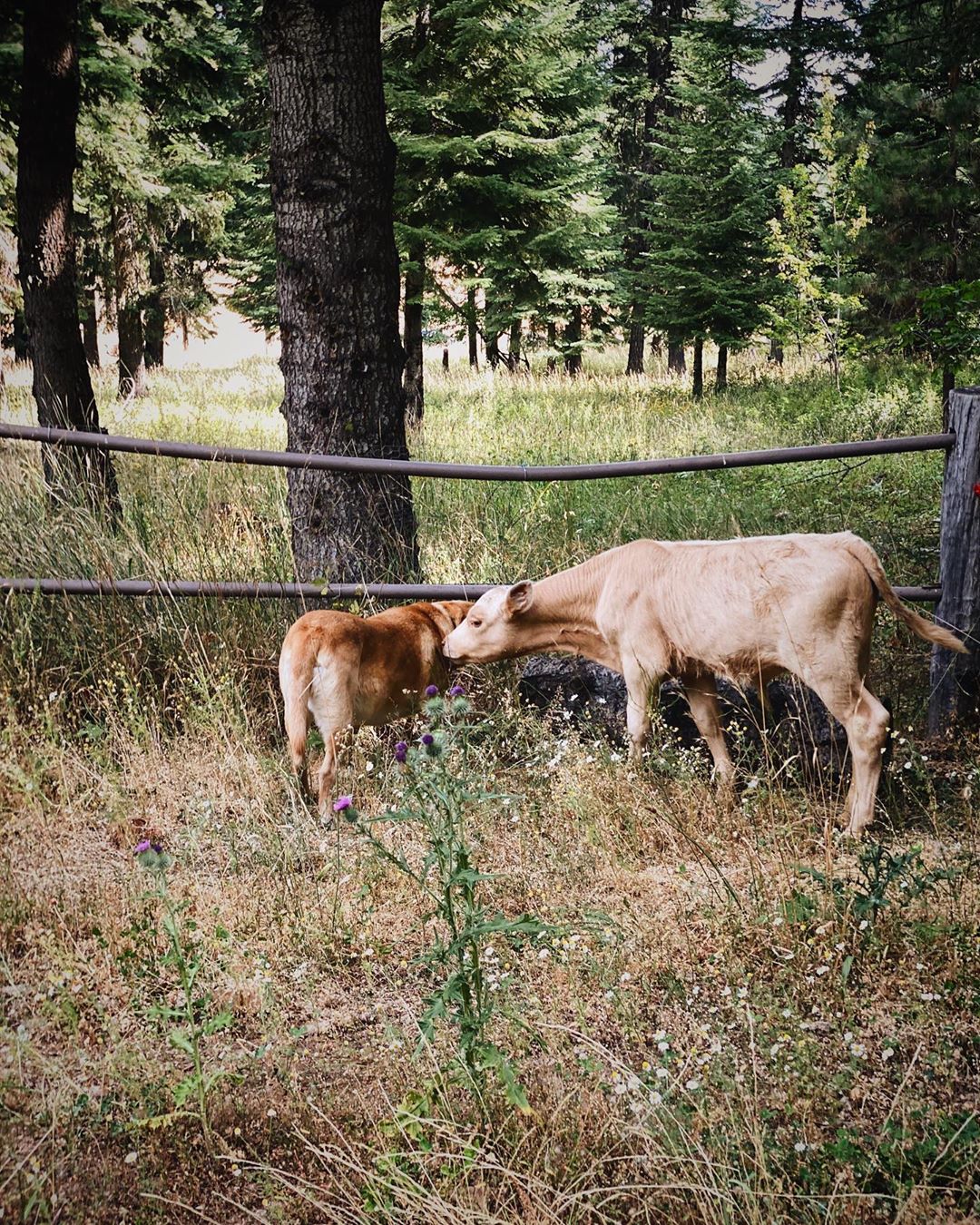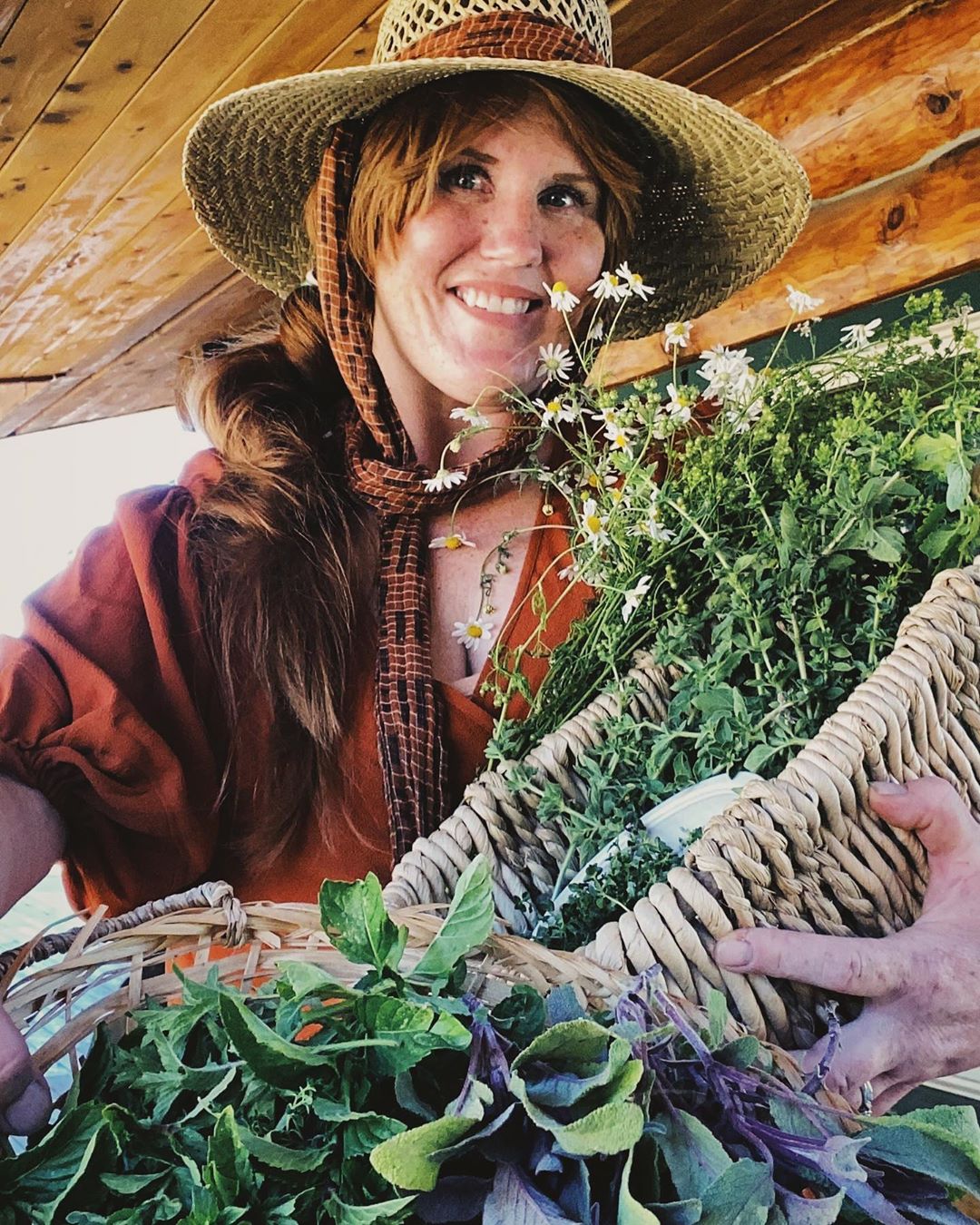
Creamy Asparagus Soup
Sautéed, Pureed, Roasted or Raw.
Asparagus is perhaps the most versatile vegetable of all…
Kayla resides in North Dakota with her husband Nick and her two children, Henry and Della.
As a family they spend their Springs harvesting asparagus, planting trees and sowing seeds. Their slow summers sipping lemonade in the garden, sailing a nearby lake, and swinging in a hammock amongst the butterflies.
In Fall, you’ll find them hunting, picking apples and canning the fruits of their labor. Winters will bring hauling wood for the stove, shoveling snow, wood working and reading up on all the homestead dream projects that commence again when the birds start chirping and the buds start blooming.
Kayla enjoys creating recipes, arts and crafts with her children, wandering the wonderful outdoors and her overall journey as an aspiring homesteader.


Asparagus, a perennial plant. One that requires patience, persistence and perseverance. Taking three years from planting to first harvest, asparagus can really test those three “p”s. But, once established, those three “p”s really pay off. An exquisite, delectable, versatile vegetable. Strong and sophisticated stalks, deep earthy green in color, all the while presenting with a delicate demeanor.
While perfectly paired with any meal of the day, there isn’t a flavor that asparagus isn’t compatible with. From spicy, salty, and even sweet, asparagus’ versatility in the kitchen is endless.
Sauteed, pureed, roasted or raw, you can’t go wrong. The added vitamin c, potassium and b vitamins are very welcome. So…have I convinced you yet? The hard work and patience needed for this plant are well worth it. Plant asparagus.
Spring is perhaps our most anticipated season of all simply because it’s when the work for asparagus picks up. While each season brings asparagus tasks to tend to, when the snow melts, the birds start chirping, the days get longer, the buds and blooms are brighter, we know harvesting asparagus is upon us. While it is the most rewarding time of year, it is also the most time consuming for tending to this crop. We mow down old ferns, lay compost and mulch, then patiently await for those little spears to poke up through the soil. Then its harvest, bundle, share, wake and repeat for 6- 8 weeks.
With our farm producing up to a hundred pounds per day, and just two adults taking turns picking we can often feel overwhelmed by the task, but we are quickly reminded of the reward. The little hands alongside us are quickly catching on. Learning to snap, place in buckets, and walk the wagon back home. Then we are kitchen bound to bundle.
You’ll often hear fellow asparagus farmers and gardeners say “when the spears are thinner than a pencil” it is time to stop harvesting your asparagus. The plants need to put energy into the roots. The spears turn into ferns and grow up to 6ft tall. This is when tasks shift to asparagus beetle picking, weeding and watering. When fall arrives some asparagus farmers favor mowing and mulching. This is a benefit to remove any pests that are housed in the ferns and have snow insulate the roots. While we’ve tried both ways, or preference is spring mowing and mulching for the added head start with any weeds. Not to mention frosty asparagus in the winter is a beautiful sight.



While our asparagus patches are excessive, it is the main focus of our farm, a family of four would benefit from 20-40 crowns planted. The labor and the love of growing asparagus is something we look forward to each spring. And while our current season of harvest is wrapping up, we have a freezer full, a canning pantry bursting and fridges raging for a few more weeks of fresh asparagus consumption. Until next year, asparagus!

Please join us by sharing, continuing the conversation below, and connecting with Kayla at the following:

Sautéed, Pureed, Roasted or Raw.
Asparagus is perhaps the most versatile vegetable of all…

My motivation to start homesteading sprouted many years before I spent any amount of time on social media.I’d never even spent much time on a farm! Oh, how I was so naive. I loved the idea of becoming self sustainable and growing/producing my own food. At the time I mostly wanted a garden and laying hens. I thought both would be romantic and magical…


Truthfully, I dislike the word homesteader. I feel it has sort of a negative, back-woods connotation, suggesting you are hoarding your goods away for the next crisis. I prefer to call myself a farmer, although the local USDA laughed under their breath when we told them how many acres were part of our ‘farm’ when applying for one of their incentive programs…


So we decided to scratch that and go back to our roots and the first cattle we ever owned: Angus. And thus, we can now introduce the latest addition to our homestead: a 10 week Angus/Charlais cross steer.

St. John’s Wort blossoms create a lovely dusty reddish pink dye all by themselves. But, two years ago, the day before Fiadh was born, I discovered the real magic hiding in the dye.

I was just out in the garden thinning out my little kale and spinach seedlings and thinking about what it’s like to grow a garden at 5500ft. It can be frustrating when it snows in June and the first frost cam come in September.